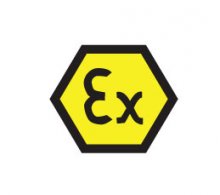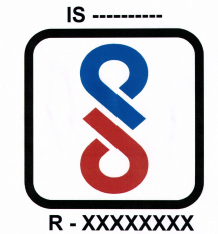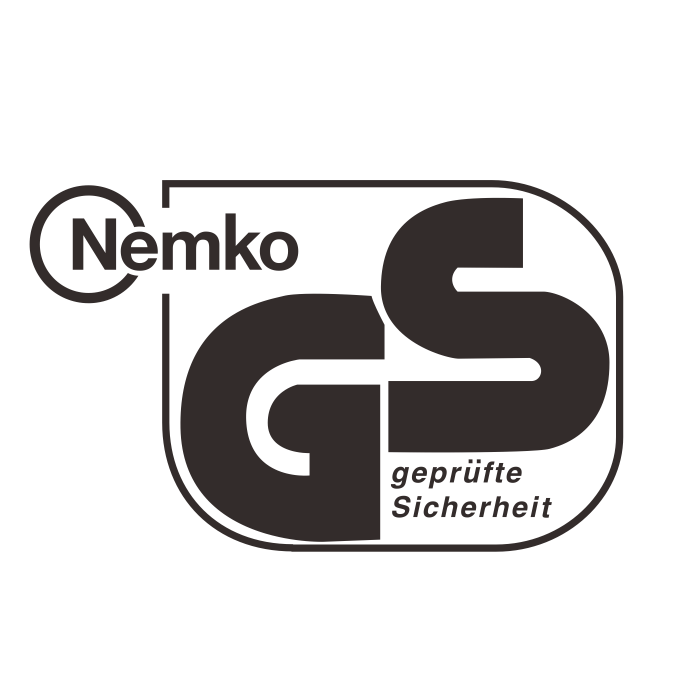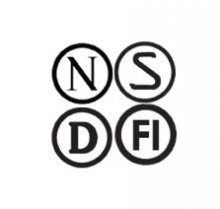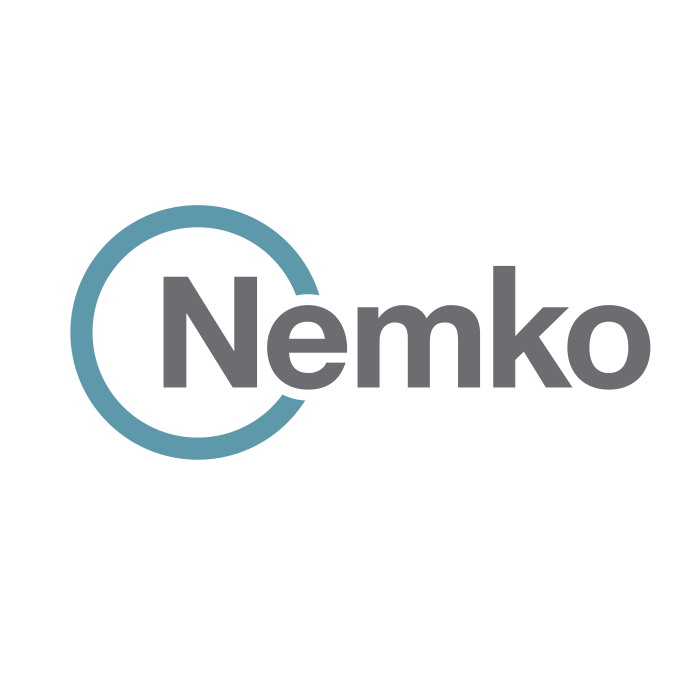IECEE CB Scheme
ATEX
MOQ :0 piece
Lead Time :0 Days
Seller Support : Trade Authenticity Guaranteed & Accepting
Payment : L/C,T/T,Western Union, Money Gram, Credit Card, Paypal
Product details
Supply Ability
- Supply Ability:0 piecesWarranty(Year):1 Year
Product Specifications
- Brand name:nemko
Product Description
The early 1900’s seen the beginning of a long evolutionary process in the safety of workers in potentially explosive atmospheres following various fatal mining incidents. Nowadays we have a broader range of industries with potentially explosive atmospheres, including but not limited to pharmaceuticals, automotive & aerospace, power, milling and oil & gas.
Since 1st July 2003 if you design, manufacture or sell any equipment or protective system intended for use in a potentially explosive atmosphere it is a legal requirement in all European Union Member States to comply with the ATEX Directive 94/9/EC.
The ATEX Directive sets a number of technical and quality objectives that must be complied with. Once these have been met, a manufacturer is entitled to display the distinctive European Mark which is recognized throughout the European Union. Nemko is an accredited laboratory according to the standard EN ISO/IEC 17025 and is a Notified Body according to the ATEX Directive with the authority to certify both electrical and non-electrical products for gas and dust environments.
To certify a product you must consider the ‘zone’ which it is to be used in, in other words the probability of a hazardous atmosphere being present and to what extent, there are three zones which are defined as follows:
You must also consider what is nature of the hazardous area that you are dealing with, there are two main gas groups I and II. However group II is further broken down into 3 sub categories. Group II is intended for use in the most explosive atmosphere. Should a product be certified for group IIC, it may also be used in IIB and IIA but this is not the case in reverse.
A mixture of air and hazardous gases may ignite by coming in contact with a hot surface. An ignition depends on surface area, temperature and the concentration of the gas. Equipment is tested for maximum surface temperature and assigned a temperature classification as follows:
Depending on the product a protection concept must be employed to demonstrate compliance with the standards, however, not all protection concepts are suitable for all zones:
Lets look at these Protection Concepts in more detail:
Flameproof enclosures "Ex d”
Within an Ex d enclosure, arcs, sparks and hot temperatures may be permissible as we assume that an internal explosion shall occur, the protection type prevents any explosion transmission happening from the inside of enclosure to outside. To do this the enclosure must be strong and robust to contain the explosion without deformation, it must function at a temperature below the ignition temperature of the surrounding atmosphere and it must provide a means for burning gases to escape. Looking at the flameproof enclosure diagram below, we have burning gases inside which are expanding but can escape through the small gap between the enclosure lid and body, the path (the flamepath) that the burning gas travels to escape is long enough to cool and quench the flame so that it will not ignite the surrounding atmosphere. There are various types of flamepaths; the standard specifies the maximum permissible gaps for flanges, spigots and other types of joints based on experimental testing.
Typical applications are:
Motors
Switchgear and relays in power electronics
Incandescent and halogen lamps
Analyser heads, ovens of gas chromatograph
Transformers
Plug and socket connectors
Increased safety "Ex e"
It is assumed that the hazardous atmosphere penetrates to the enclosures interior and explosion is prevented by ensuring that either in normal operation or under fault conditions:
There are no arcs or sparks
No temperatures of components or parts exceeding the temperature limit of the corresponding temperature class
The minimum degree of ingress protection required is IP54 according to IEC 60529 unless the enclosure contains insulated conductive parts only; the degree of protection may be reduced to IP44.
Typical applications are:
Cable terminals, connection boxes, plugs and sockets and connectors
Cage induction motors
Transformers, ballasts, current and voltage transformers
Heating elements for pipes, valves
Light fittings with tubular fluorescent lamps
Intrinsic safety "Ex i"
The protection concept of intrinsic safety is based upon limiting the energy in an electrical spark so that the combustible gas-air atmosphere present cannot be ignited. Covering intentionally generated sparks in switches and relays for instance or unintentional sparks generated by short circuits or wire breaks in electric circuits. If two countable faults are considered and the device is still intrinsically safe as per the standard the marking given is Ex ia and may be used in any zone including zone 0. Ex ib considers just one fault and is good for zones 1 and 2. Ex ic is a relatively new concept which considers normal operation only and may be utilized in zone 2 only.
I.S. barriers are used to protect the field circuit from non i.s circuits.
Encapsulation “Ex m”
The protection concept of encapsulation is a method of excluding electrical components which could become an ignition source either by arcing, sparking or by thermal effects from the hazardous atmosphere using a compound. A thermosetting, thermoplastic, epoxy resin or elastomeric material is poured into a mould or enclosure comprising the components. When the substance solidifies the components are enclosed within the compound thus preventing immediate contact with the surrounding atmosphere. This protection method also limits the surface area temperature of the equipment under normal operating conditions. The encapsulation of components can offer other benefits such as greater shock resistance, reduced environmental effects and better resistance to chemical attack.
Considerations for an Ex m design:
Resistors, capacitors, optoisolators, diodes etc. must be 2/3 rated i.e. they must not operate at more than 2/3 of their rated voltage.
The temperature rise of components and wiring must be limited.
Voids and air gaps other than those for relays or other devices must be prevented.
The effect of a component short circuiting under fault conditions (as with intrinsic safety, encapsulation maybe considered for a one fault condition (marking will be Ex mb) or a two fault condition (marking will be Ex ma).
Typical applications are electronic circuit relays and timers. It is often used alongside other protection concepts in applications such as luminaires, the product may utilise a combination of the increased safety and encapsulation protection methods giving the marking Ex mb.
Pressurized enclosures "Ex p"
The principle of the protection method Pressurization is to purge out any hazardous gas that may be present within an enclosure be passing large volumes of either air or an inert gas through the enclosure. When purging is complete an overpressure is maintained to prevent and hazardous gas from entering. This may be done various ways:
Continuous flow of protective gas: generally air is supplied to the enclosure and exits via and outlet aperture, this is used especially for pressurized rooms so that a specified quantity of breathing air can be supplied to personnel working within.
Leakage compensation: An unspecified quantity of the protective gas is supplied to the enclosure to compensate for leakage via joints that are not gas tight such as windows and doors thus maintaining a specified pressure differential. This method is commonly employed to protect large motors.
Static pressurization: An enclosure considered gas tight is filled with protective gas and provides a safe operating time. The enclosure then must be re-filled for further use.
Powder filling "Ex q"
Like with Ex d this method assumes that an ignition will take place. Potentially incendive components are placed within an enclosure filled with sand or a similar inert powder so that when an arc occurs, the arc will not be liable to ignite the external explosive atmosphere.
This protection method applies to electrical equipment, parts of electrical equipment and Ex components with:
a rated supply current less than or equal to 16 A
a rated supply voltage less than or equal to 1 000 V
a rated power consumption less than or equal to 1 000 W.
Oil immersion "Ex o"
A method of protection where again explosion is prevented by excluding the surrounding hazardous atmosphere, this time by immersing the ignition capable equipment in oil. The oil presents a barrier between the explosive atmosphere and the electrical apparatus.
Type of protection “n”
This type of protection is suitable for Zone only. It does not consider any fault conditions, in other words it assumes only normal operation. There are numerous methods which fall under the category of Ex n; Ex nA for Non-Sparking apparatus, Ex nC for Non-incendive, sealed, encapsulated apparatus, Ex nL for Energy Limited apparatus, Ex np for simplified pressurization and Ex nR for Restrictive Breathing apparatus.
You May Like
- Exhibitor
- Gold Supplier
- Trade Assurance
Business Type : Service
Company Location: GUANG DONG
Year Established: 22YRS

